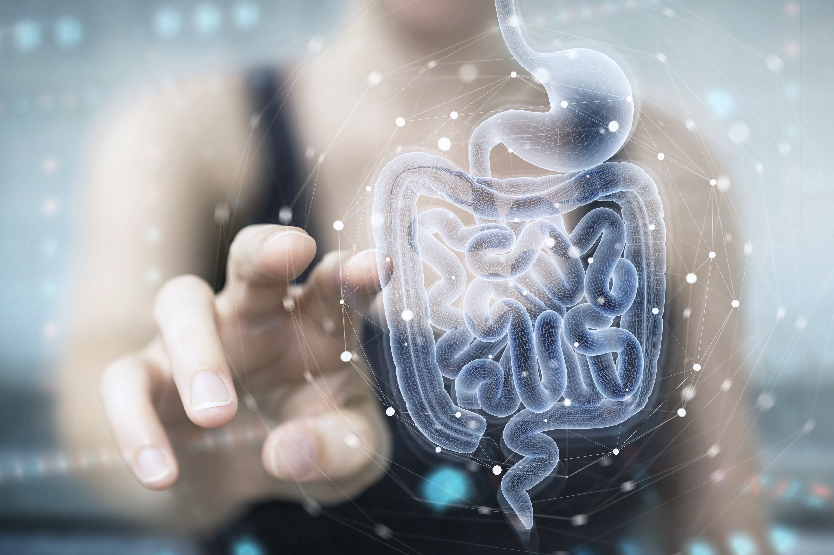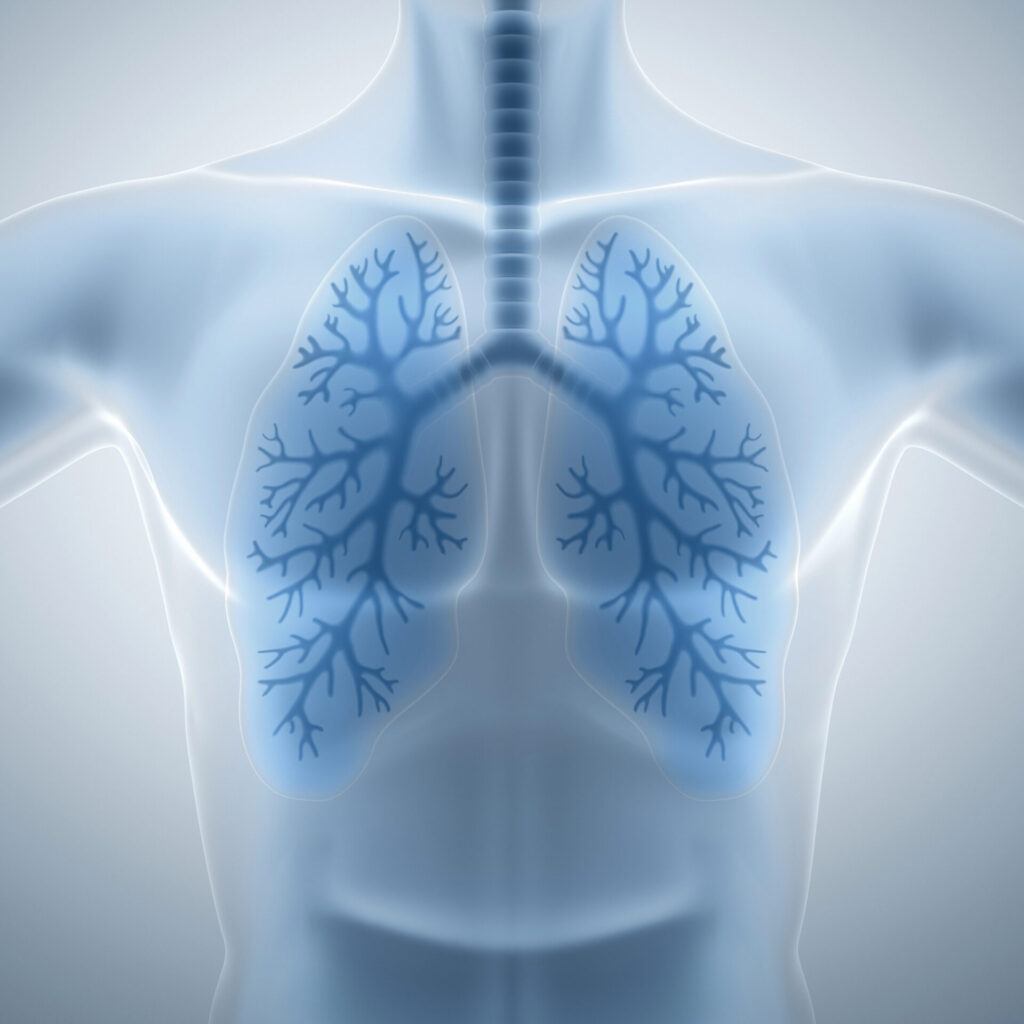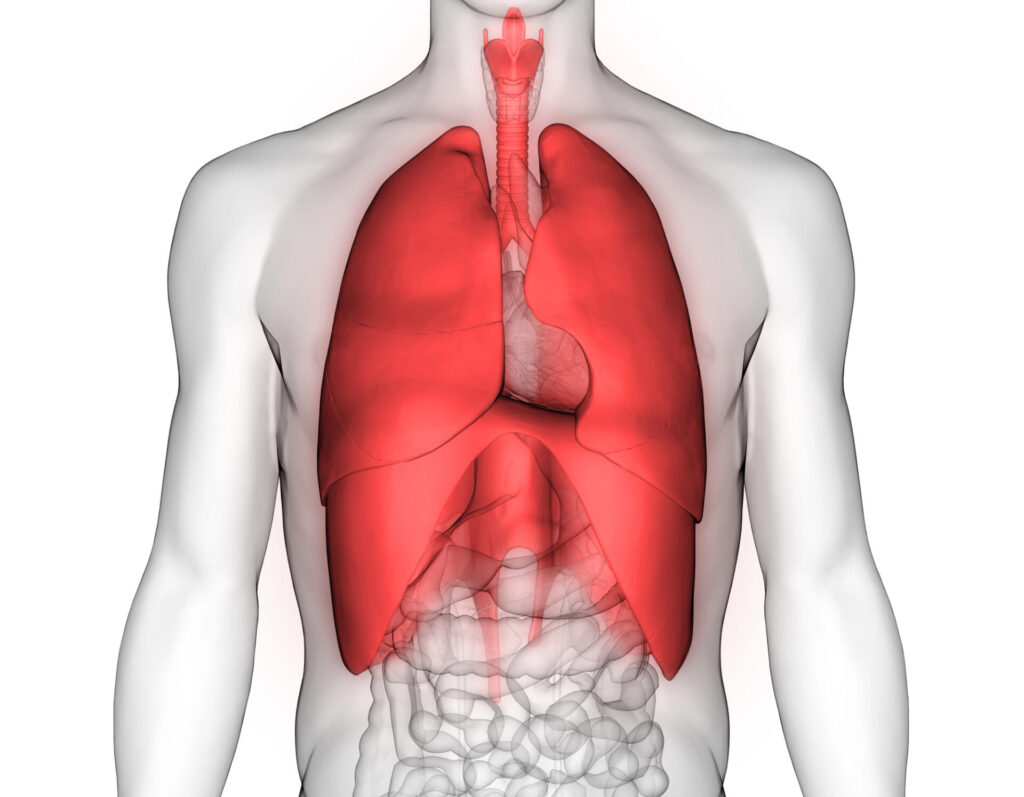Introduction:
In the realm of medicine, discoveries that hold the promise of healing and transformation often emerge from nature’s bountiful offerings. Among such treasures, BPC-157 and DHHB, two extraordinary compounds derived from Magnolia officinalis, have captivated the imagination of researchers and medical practitioners alike. As we embark on this narrative journey, we will delve into the clinical applications and mechanisms of action of these miraculous substances, exploring how they offer hope for a brighter, healthier future.
Unraveling the Mystery of BPC-157
Deep within the human body, a remarkable peptide called BPC-157 weaves its magic of regeneration. Originally discovered in the depths of human gastric juice, this mysterious compound has since revealed its presence in various tissues throughout the body. At the heart of its healing powers lies the intricacy of its 15 amino acid sequence, a key aspect that distinguishes BPC-157 from other peptides. This unique sequence grants BPC-157 the ability to orchestrate a symphony of regenerative processes, making it an exceptional player in the realm of healing.
The journey of BPC-157 commences with its astounding potential to heal the gastrointestinal tract—a realm often fraught with afflictions such as gastric ulcers and intestinal injuries. Researchers were captivated by its ability to expedite the healing process, a power that proved to be transformative for those suffering from these debilitating conditions. The significance of BPC-157’s 15 amino acid sequence becomes evident as it exerts its influence on the body’s intricate cellular machinery. Through a delicate interplay of molecular interactions, BPC-157 stimulates the expression and activity of growth factors, crucial signaling molecules that orchestrate the healing response. These growth factors act as messengers, triggering the proliferation of endothelial cells—critical components of blood vessels—and epithelial cells, the building blocks of the protective gastrointestinal lining.1
With its restorative touch, BPC-157 also engages in the art of angiogenesis, fostering the formation of new blood vessels.2 This process ensures a steady supply of oxygen and nutrients to the injured tissues, creating a fertile ground for regeneration. Furthermore, the peptide demonstrates a unique ability to enhance collagen synthesis via growth hormone 3, the pivotal process that weaves together the connective tissues essential for structural integrity. Collagen, akin to the threads in the fabric of the human body, provides the framework for the healing and repair of injured tendons, ligaments, and other tissues.
The significance of BPC-157’s 15 amino acid sequence lies in its remarkable versatility and potency, granting it a multifaceted approach to healing. By influencing cellular processes at a fundamental level, BPC-157 exhibits profound effects in various tissues and systems beyond the gastrointestinal tract. Its ability to stimulate growth factors, promote cell proliferation, and foster angiogenesis and collagen synthesis makes it a potent agent for addressing musculoskeletal injuries, as well as inflammatory and immune-related conditions.4,5
As the story unfolds, the musculoskeletal domain takes center stage, revealing BPC-157’s regenerative touch that extends compassionately to ligaments, tendons, and bones alike. Amidst the struggle of musculoskeletal injuries, BPC-157 emerges as a guiding light, accelerating the healing of tendon-to-bone connections and granting relief to those burdened by arthritis. The magic of BPC-157 orchestrates the ballet of collagen synthesis and angiogenesis, delicately fostering the formation of new blood vessels and the synthesis of essential connective tissue proteins. With this intricate dance, BPC-157 weaves the fabric of tissue repair and renewal, infusing resilience into the fibers of damaged ligaments and tendons. In its presence, inflammation bows gracefully, receding to allow space for the harmonious symphony of regeneration. Through these remarkable mechanisms, BPC-157 stands tall as a beacon of hope, illuminating the path to healing for those facing musculoskeletal challenges.
The Enigmatic DHHB and its Neuroprotective Charms
Through the lush foliage of Magnolia officinalis, we encounter the prenylated phenolic compound, DHHB. Uniquely, DHHB crosses the blood-brain barrier, delivering the potential of neuroprotection and renewal to the delicate neurons within. Studies reveal that DHHB’s antioxidant and anti-inflammatory powers shield neurons from the ravages of neurodegenerative diseases, such as Alzheimer’s and Parkinson’s.6
Venturing further into the realm of emotions and thoughts, DHHB unfolds its anxiolytic and antidepressant effects.7 Like a skilled conductor, it modulates the symphony of neurotransmitters, including serotonin and GABA, bringing a sense of calm and stability to anxious minds and wounded spirits.
DHHB also provides profound cardiovascular support. Its vasorelaxant effects are akin to gentle breezes, soothing constricted vessels and enhancing blood flow.8 As if wielding a brush against the canvas of the circulatory system, DHHB has the potential to support healthy blood pressure levels and lipid peroxidation, offering a shield against the menacing threat of atherosclerosis and cardiovascular diseases.
The Magical Mechanisms of BPC-157 and DHHB
BPC-157’s secret lies in the art of tissue regeneration. Its masterpieces involve orchestrating angiogenesis, stitching together new blood vessels to mend wounds. The peptide’s creative genius continues in the realm of collagen synthesis, knitting together the fabric of connective tissues.
DHHB’s magic is woven from the threads of antioxidants and anti-inflammatory prowess. Its spellbinding effects neutralize free radicals, rescuing cells from the clutches of oxidative stress. As the curtain rises on inflammation’s stage, DHHB conducts a symphony of anti-inflammatory actions, quelling the storms of swelling and pain.
In the tapestry of medical discoveries, BPC-157 and DHHB emerge as radiant threads, weaving tales of healing and regeneration. Their clinical applications and mechanisms of action offer a glimpse into the boundless potential of nature’s bounty. We recognize that the journey of discovery is never-ending, and the horizon of possibilities remains ever-expansive. BPC-157 and DHHB stand as testaments to the wonders that await as we continue to explore the depths of nature’s healing embrace.
Application of BPC-157 and DHHB:
Typically either 250 or 500 mcg of BPC-157 is recommended. Levels are chosen based on the degree of need for a particular patient. There are also varying delivery methods with regard to rapid release or delayed release. The rapid is most often used for upper gastrointestinal situations where as the delayed is used for lower gastrointestinal applications. When it comes to musculoskeletal applications, the rapid is used in circumstances where there is an acute need for support and the delayed is used for patients with more chronic, ongoing needs.
As for the DHHB suggested use, you’ll typically find DHHB in either 7.5 mg or 15 mg levels. Similar to the BPC-157, the level is dictated by the needs of the patient.
References:
- Sikiric P, Seiwerth S, Rucman R, Turkovic B, Rokotov DS, Brcic L, Sever M, Klicek R, Radic B, Drmic D, Ilic S, Kolenc D, Vrcic H, Sebecic B. Stable gastric pentadecapeptide BPC 157: novel therapy in gastrointestinal tract. Curr Pharm Des. 2011;17(16):1612-32. doi: 10.2174/138161211796196954. PMID: 21548867.
- Hsieh MJ, Liu HT, Wang CN, Huang HY, Lin Y, Ko YS, Wang JS, Chang VH, Pang JS. Therapeutic potential of pro-angiogenic BPC157 is associated with VEGFR2 activation and up-regulation. J Mol Med (Berl). 2017 Mar;95(3):323-333. doi: 10.1007/s00109-016-1488-y. Epub 2016 Nov 15. PMID: 27847966.
- Chang CH, Tsai WC, Hsu YH, Pang JH. Pentadecapeptide BPC 157 enhances the growth hormone receptor expression in tendon fibroblasts. Molecules. 2014 Nov 19;19(11):19066-77. doi: 10.3390/molecules191119066. PMID: 25415472; PMCID: PMC6271067.
- Jung YH, Kim H, Kim H, Kim E, Baik J, Kang H. The anti-nociceptive effect of BPC-157 on the incisional pain model in rats. J Dent Anesth Pain Med. 2022 Apr;22(2):97-105. doi: 10.17245/jdapm.2022.22.2.97. Epub 2022 Mar 25. PMID: 35449779; PMCID: PMC8995671.
- Deek SA. BPC 157 as Potential Treatment for COVID-19. Med Hypotheses. 2021 Nov 9;158:110736. doi: 10.1016/j.mehy.2021.110736. Epub ahead of print. PMID: 34798584; PMCID: PMC8575535.
- Woodbury A, Yu SP, Wei L, García P. Neuro-modulating effects of honokiol: a review. Front Neurol. 2013 Sep 11;4:130. doi: 10.3389/fneur.2013.00130. PMID: 24062717; PMCID: PMC3769637.
- Maruyama Y, Kuribara H, Kishi E, Weintraub ST, Ito Y. Confirmation of the anxiolytic-like effect of dihydrohonokiol following behavioural and biochemical assessments. J Pharm Pharmacol. 2001 May;53(5):721-5. doi: 10.1211/0022357011775848. PMID: 11370711.
- Zhang GS, Wang RJ, Zhang HN, Zhang GP, Luo MS, Luo JD. Effects of chronic treatment with honokiol in spontaneously hypertensive rats. Biol Pharm Bull. 2010;33(3):427-31. doi: 10.1248/bpb.33.427. PMID: 20190404.





